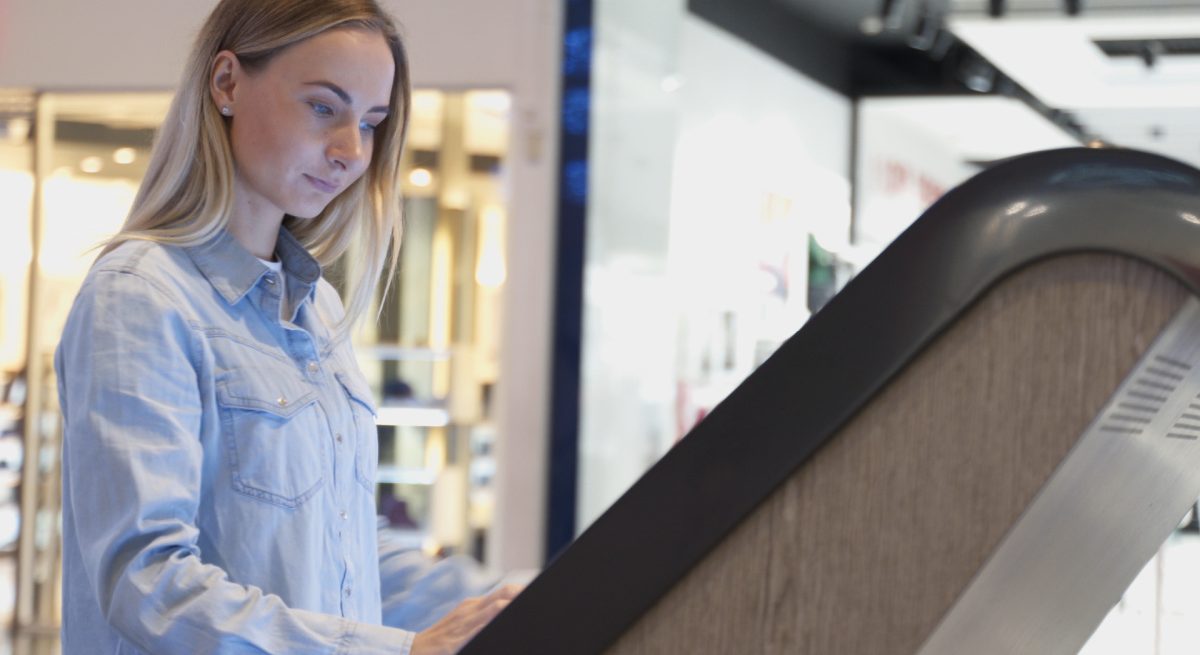Why Digital Forms and Contactless Kiosks Are on the Post-Pandemic Menu
3 Min Read By Chad Reid
There’s a sense of renewal in the air as widespread vaccine distribution has people thinking about a return to pre-pandemic routines and activities, including indoor dining. The restaurant industry was hard hit by COVID-19, so restaurateurs are among those most looking forward to the eventual elimination of social distancing protocols and indoor capacity restrictions.
That said, it’s increasingly clear that the “new normal” won’t look like 2019. People adopted safety standards and new ways of buying goods and services — including meals — during the pandemic, and those new patterns are likely to persist. Plus, we’ve all become much more aware of how germs are transmitted, and that knowledge won’t go away either.
Many restaurants shifted to online ordering, curbside pickup and delivery during the pandemic to stay afloat, and they adopted new safety protocols for guests onsite. Those processes are now fully integrated into operations. Restaurants that adopted digital forms and a touchless kiosk for safety are discovering a range of unexpected benefits.
Getting a 'Mobile First' Advantage
One of those unexpected benefits is that early adopter restaurants are on the cutting edge of the “mobile first” economy. The pandemic significantly accelerated the use of mobile devices to connect customers with businesses of all types, including restaurants. Eateries that found creative ways to integrate digital processes and tools into their operations have an edge.
The good news is that it doesn’t take a ton of development work or in-house technology expertise for restaurants to pull off a mobile-first approach. Restaurant owners and managers can find affordable, user-friendly digital form templates and contactless kiosk suites to simplify deployment, both for customer-facing and restaurant operations uses, like vendor orders.
Putting Customer and Crew Safety First
Of course, the primary reason restaurants adopted digital-first strategies during the pandemic was safety. Even before the pandemic, it was a best practice to sanitize menus because they are so frequently handled. Thanks to the pandemic (and sanitizer product ads), we’ve all got a vivid image in our minds of how germs can accumulate on a surface, and we’ll never “unsee” that.
Restaurants are using digital forms to give customers a safer way to order food and make reservations online. Some restaurants already use QR codes to let onsite guests use a kiosk to check in, view digital menus, place orders and securely pay online. That trend will likely continue even when the virus is under control because it’s what customers want.
Going Green with a More Sustainable Approach
Digital forms and contactless kiosk solutions may have become more popular during the pandemic for safety, but they are the future for restaurants seeking ways to modernize. Nearly half of restaurants in a recent survey said they were likely to stop using physical menus altogether. But it’s not just about safety — digital menus and forms are better for the planet.
When restaurants use digital menus, order forms and other mobile tools via a contactless kiosk, it reduces the waste and pollution associated with printing physical versions of those items. It also makes it easier for restaurants to make changes in prices, add or subtract menu items, or inform customers about special offers — the manager only has to make the change once.
Moving Toward Normal 2.0
The past year has been the hardest in history for the modern restaurant industry, but things are looking up. The Wall Street Journal reports that indoor dining is back in every U.S. state, though some capacity restrictions still apply in many places. Challenges remain, but a full year into the pandemic and restaurants that have survived the worst have proved their resilience.
A slim majority of Americans are now comfortable dining in a restaurant, according to The Wall Street Journalarticle. Fear of exposure to the virus is the chief factor holding people back. But confidence is likely to return as more people are vaccinated. Restaurants that take measures now to keep customers safe will be better positioned to thrive in Normal 2.0.
Digital forms and contactless kiosk technologies can be a key part of that safety plan. They can also provide restaurants with a more modern, sustainable way to do business as we emerge from the pandemic and look forward to the months and years ahead. That’s why restaurants should put digital forms and contactless kiosks on the post-pandemic menu.


